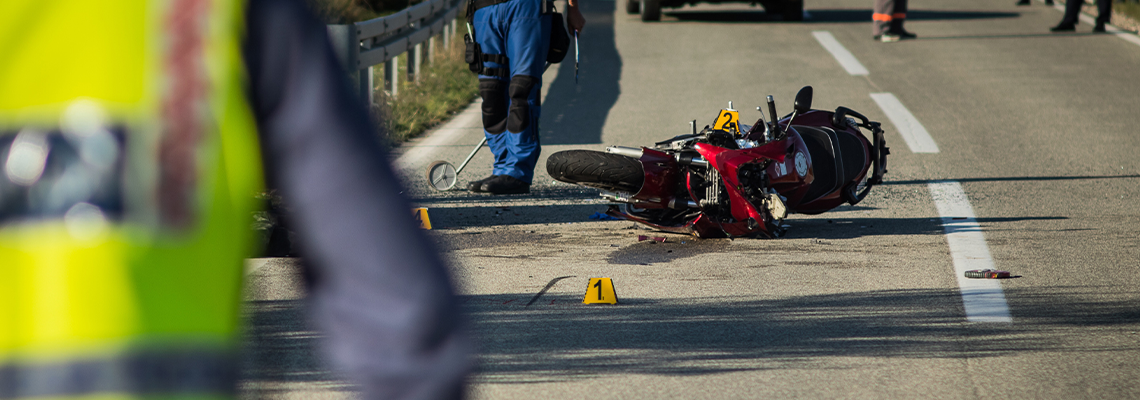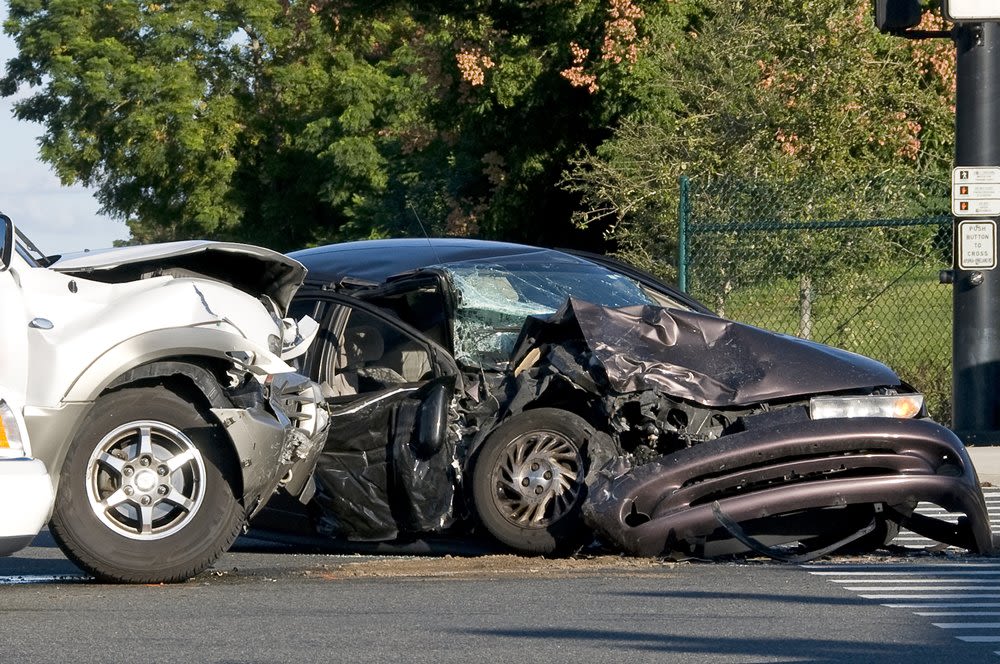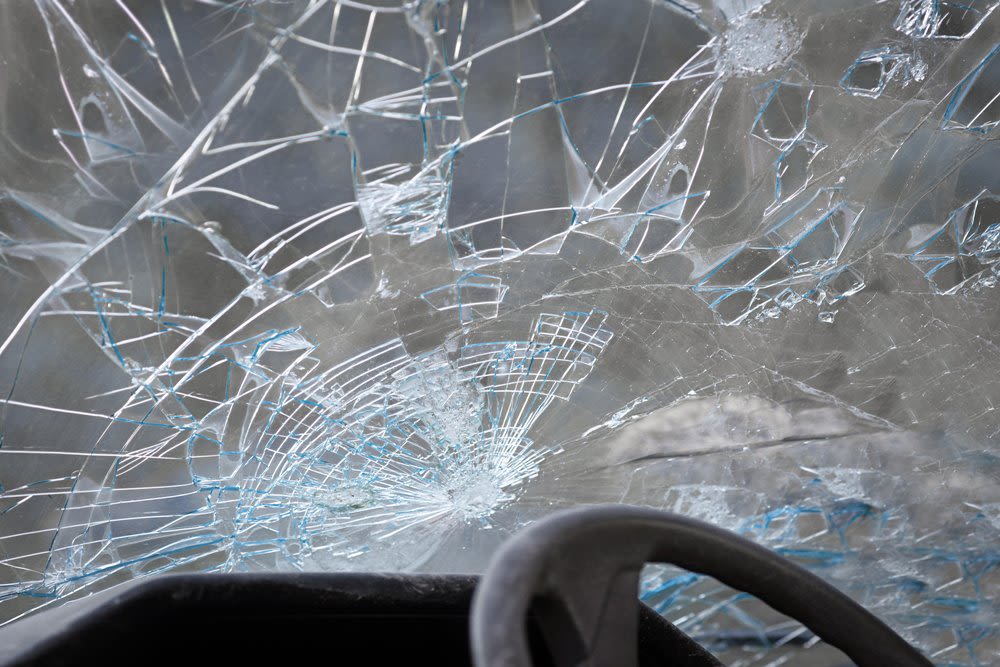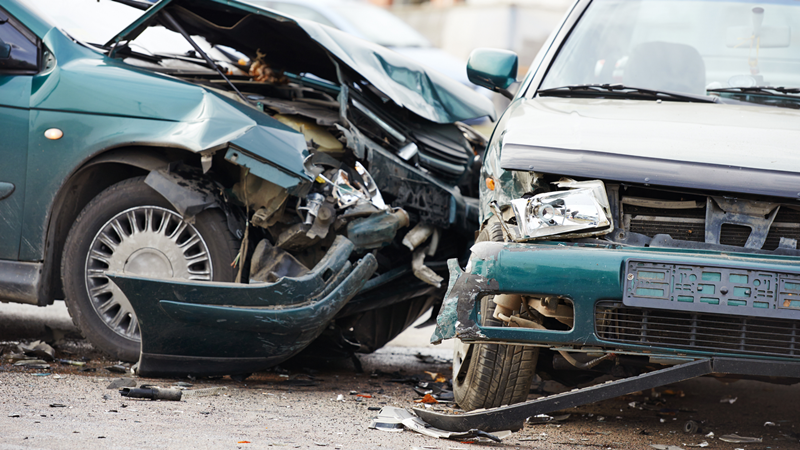
Lane-splitting occurs when a motorcyclist rides between two lanes of traffic moving in the same direction. It's most commonly seen in slow-moving or stopped traffic, and while some riders use it to avoid congestion, its legality varies across the United States.
Illinois law doesn't permit lane-splitting. Under 625 ILCS 5/11-703, a motorcyclist must not pass between vehicles within the same lane. This statute makes it clear that lane-splitting is not allowed under any circumstances. Unlike states such as California, where it's tolerated or regulated, Illinois takes a strict approach.
The Law Office of Jack M. Shapiro, P.C. understands this legal stance is important because it directly influences how liability is assessed in a personal injury claim involving a motorcycle accident.
How Fault Is Determined in Illinois
Illinois follows a modified comparative fault system. According to 735 ILCS 5/2-1116, a plaintiff can recover damages if they're 50% or less at fault for the incident. However, their recovery will be reduced in proportion to their degree of fault.
If a motorcyclist was lane-splitting at the time of the crash, the opposing party might argue that this behavior contributed to the collision. This could reduce the amount the rider can recover—or, in some cases, prevent them from receiving compensation at all if their fault exceeds 50%.
That distinction makes a significant difference in personal injury litigation. The presence or absence of lane-splitting can tip the balance when courts or insurers assess who bears responsibility.
Lane-Splitting and Driver Perception
Injury claims often hinge not just on laws but on what drivers perceived at the time of the accident. Lane-splitting can appear unpredictable to motorists, especially if they’re not expecting a motorcycle to pass between lanes.
If a driver attempts to change lanes without signaling and hits a motorcyclist who’s lane-splitting, liability becomes more difficult to assign. The court might see fault on both sides: the driver for unsafe lane changes, and the motorcyclist for engaging in an illegal maneuver.
This shared fault scenario often becomes a central issue in litigation, requiring both parties to provide detailed accounts of what happened.
The Impact on Personal Injury Claims
When a motorcyclist files a personal injury claim, their conduct at the time of the incident will be scrutinized. If the rider was lane-splitting, insurance companies will likely use that fact to argue contributory fault.
Even if the other driver acted negligently, the motorcyclist’s actions might reduce their compensation. For example, if a court finds the motorcyclist 30% at fault and awards $100,000 in damages, the final payout would be $70,000.
That reduction often becomes a point of contention during negotiations and trials. Plaintiffs must provide strong evidence to show their actions didn't significantly contribute to the crash.
Law Enforcement and Accident Reports
Police officers responding to an accident scene are required to file a report, which includes a narrative of what happened. If the officer cites the motorcyclist for illegal lane-splitting, that citation could heavily influence how liability is viewed later in court.
These official documents often carry weight with insurers and juries. A citation or notation about lane-splitting may tilt opinions on who was primarily at fault. On the other hand, the absence of such a note might work in favor of the motorcyclist.
Attorneys often examine police reports closely, looking for language that might help or hurt the personal injury claim.
Comparative Fault Examples Involving Lane-Splitting
To understand how this plays out in real cases, consider the following examples:
A motorcyclist weaves between stopped cars and is hit when a car suddenly opens a door. If the court finds the rider was 60% at fault for violating traffic laws, the rider won’t recover any damages.
In another case, a motorcyclist is slowly passing stalled traffic when a driver cuts across multiple lanes without checking mirrors. If the court finds the driver was 70% at fault and the rider 30%, the motorcyclist could recover 70% of the total damages.
These scenarios highlight how lane-splitting complicates fault analysis.
Insurance Adjusters Use Lane-Splitting to Reduce Payouts
Insurance companies rarely pay without scrutinizing the conduct of all parties. If a motorcyclist was lane-splitting, adjusters are likely to view that as a breach of legal duty.
That assessment can result in:
Lower settlement offers
Denials of coverage based on “illegal conduct”
Increased scrutiny of medical records and damage estimates
Motorcyclists filing personal injury claims often face an uphill battle when lane-splitting is involved. It shifts the negotiation dynamic, making insurers less willing to settle without litigation.
Witness Testimony and Video Evidence
When liability is disputed, video footage from traffic cameras, dash cams, or nearby businesses can provide critical context. Witness statements also help establish whether the motorcyclist was weaving dangerously or moving predictably.
In cases involving lane-splitting, video and eyewitness accounts can confirm:
The speed and positioning of the motorcycle
Whether the rider signaled or attempted to avoid a crash
How other drivers responded
These details help attorneys construct arguments about reasonable conduct, despite the illegal status of lane-splitting in Illinois.
Injuries Often Involve Greater Damages
Motorcyclists are particularly vulnerable in collisions. They have less physical protection, and even low-speed crashes can result in:
Traumatic brain injuries
Broken bones and spinal damage
Internal injuries
Given these outcomes, personal injury claims often involve substantial medical bills, ongoing treatment, and lost wages. However, if lane-splitting is involved, defendants will likely argue that the rider assumed additional risk by violating traffic laws.
The challenge lies in presenting evidence that the injury severity doesn’t negate the rider’s right to compensation, even if they were partially at fault.
Legal Arguments That Can Help a Rider’s Case
Motorcyclists facing accusations of lane-splitting can use several defenses to reduce their level of fault:
Lack of signage or road markings: If the traffic pattern was unclear, the rider might argue they didn’t knowingly break the law.
Emergency conditions: A rider avoiding sudden danger might claim their actions were justified to prevent a worse collision.
Driver negligence: If the other party was texting, speeding, or failing to check blind spots, their conduct could outweigh the illegality of the rider’s maneuver.
These strategies don’t absolve the rider of all fault, but they can shift the percentage enough to allow a partial recovery in a personal injury claim.
Legal Counsel Is Critical in These Cases
Given the scrutiny that comes with lane-splitting, motorcyclists involved in accidents should seek legal counsel early. A qualified attorney can help interpret traffic laws, gather evidence, and respond to insurance arguments about fault.
Attorneys often analyze video footage, challenge police narratives, and consult accident reconstruction professionals to build a strong claim. Their involvement can make a meaningful difference in how a case progresses.
In Illinois, where lane-splitting is illegal, the need for legal guidance becomes even more pronounced. Legal counsel can help riders avoid admitting fault or accepting low settlements that don’t reflect the extent of their injuries.
Motorcycle Safety and Liability Prevention
Although Illinois prohibits lane-splitting, many motorcyclists still engage in it. Understanding the consequences can help riders make informed decisions that protect both their health and their financial interests.
Some practical tips include:
Avoid passing between vehicles unless legally permitted to do so.
Use signals and maintain predictable movement patterns.
Install dash cams or GoPros to record driving behavior.
Stay visible to other drivers, especially during rush hour.
Riders who take these steps are less likely to be found at fault in the event of a crash. They’re also better prepared to support their personal injury claims with strong evidence.
Lane-splitting directly affects how liability is assessed in Illinois motorcycle accidents. Since the practice is prohibited, riders who engage in it face an uphill legal battle when pursuing compensation.
However, that doesn't mean a rider automatically forfeits their rights in a personal injury case. Courts still consider the full context of the incident, including driver negligence and road conditions.
For motorcyclists involved in these types of accidents, the best approach is to act quickly—document everything, consult with an attorney, and prepare to defend their conduct. By doing so, they may still recover damages even when fault is shared.
Call the Law Office of Jack M. Shapiro, P.C. Today
Riders who understand this balance are better equipped to protect themselves on the road and in court. Serving Buffalo Grove, Arlington Heights, DuPage County, Lake County, Mount Prospect, Palatine, Vernon Hills, Mundelein, Cook County, Hoffman Estates, McHenry County, Northbrook, Schaumburg, and Wheeling, call the Law Office of Jack M. Shapiro, P.C. today.



